Are you looking to join the tiny house movement in Texas? It’s essential to understand the regulations and legal requirements for building and living in a tiny house in the Lone Star State.
This comprehensive guide will cover everything you need to know, from zoning laws and building codes to permits and parking regulations.
Contents
With the growing popularity of tiny houses, more and more people are considering downsizing and simplifying their lives.
Tiny houses offer an affordable and sustainable housing option, but it’s important to make sure that you’re building and living in a legally compliant dwelling.
- Understanding the regulations and requirements for building a tiny house in Texas is crucial for ensuring compliance with the law.
- Zoning laws, building codes, permits, and parking regulations all play a significant role in the feasibility of tiny house living in the state.
- Land use and community acceptance are also essential considerations for those looking to build and live in a tiny house in Texas.
- Despite the challenges, the benefits of tiny house living, including affordability and sustainability, make it an attractive option for many.
- Stay up to date on the latest legislation and future developments in tiny house regulations in Texas to make informed decisions about pursuing the tiny house lifestyle.
Takeaways>
Understanding Tiny House Regulations in Texas
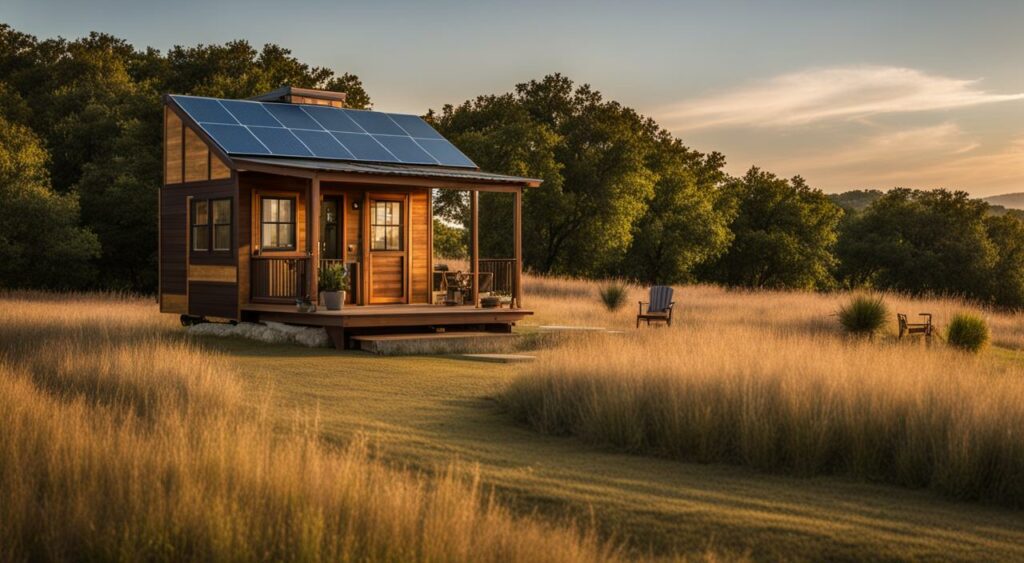
Before building or living in a tiny house in Texas, it’s important to understand the regulations surrounding these unique dwellings.
Tiny houses are typically defined as homes with a square footage of 400 square feet or less, and they come with a distinct set of rules, requirements, and restrictions.
Legal Requirements
According to Texas law, tiny houses must comply with all applicable building codes and zoning regulations. This means that regardless of the size of the house, it must meet certain safety and structural standards.
Additionally, the placement and usage of tiny houses are also subject to various rules and restrictions. Texas zoning laws determine whether a tiny house can be placed on a certain property or in a particular location.
For example, some areas may require that tiny houses be placed on a foundation, while others may allow for them to be on wheels.
Building Codes
Texas has adopted the International Residential Code (IRC) as its standard for residential construction. The IRC specifies minimum standards for plumbing, electrical, and structural systems, all of which apply to tiny houses in the state.
However, given the unique nature of tiny houses, there may be additional considerations when it comes to building code compliance.
For instance, certain minimum square footage requirements may not apply to tiny houses, and creative solutions may be necessary to meet code requirements in a limited space.
Zoning Regulations
When it comes to zoning regulations, tiny houses are typically subject to the same rules as other residential dwellings.
However, there may be some additional considerations that apply to tiny houses, such as whether they can be located in a backyard or on a standalone lot.
Some cities and counties in Texas have also adopted specific regulatory guidelines for tiny homes.
These guidelines may address minimum square footage requirements, design and construction specifications, and other relevant factors.
Permits
Building a tiny house in Texas typically requires obtaining various permits and approvals from local authorities.
These permits may include building permits, electrical permits, and plumbing permits, all of which must be obtained before construction can begin.
Additionally, certain types of tiny houses may require specialized permits or approvals. For example, if the tiny house is on wheels, it may need a special permit for transportation and placement.
It’s important to do your research and understand the rules and regulations that apply to tiny houses in Texas before embarking on a building or living project.
By understanding the legal requirements, building codes, zoning regulations, and permit process for tiny houses in Texas, you can ensure that your project is compliant and successful.
Zoning Laws and Tiny Houses in Texas
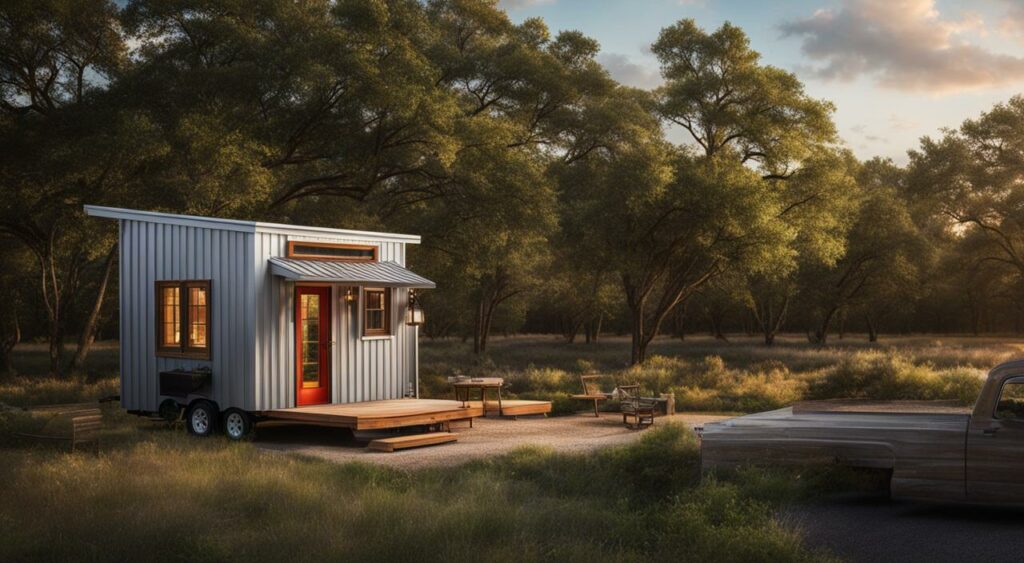
When it comes to tiny houses, zoning laws can have a significant impact on where you can build and live in one.
In Texas, zoning regulations vary by county and municipality, which means there are no uniform guidelines for tiny houses in the state.
As a result, it is essential to research the zoning regulations in your area before pursuing a tiny house lifestyle.
Regulatory Guidelines for Tiny Homes in Texas
While there are no statewide zoning regulations for tiny homes in Texas, individual counties and municipalities have their own rules and restrictions.
For example, some areas may require a minimum square footage or a permanent foundation to classify as a dwelling unit.
It is essential to become familiar with the specific zoning regulations in your area before deciding to build or live in a tiny house.
Permits for Tiny Houses in Texas
In addition to zoning regulations, there are permit requirements that must be met to build and live in a tiny house in Texas.
These permits could include building permits, utility hookups, and septic requirements, among others.
The permit process can be complex and time-consuming, so it is essential to research and plan accordingly to ensure compliance with all necessary regulations.
Texas Tiny House Regulations
The lack of statewide regulations for tiny houses in Texas means that building codes and regulation requirements can vary widely.
In some areas, tiny houses may be classified as recreational vehicles or mobile homes, which may have different codes and regulations than a traditional dwelling.
Understanding the specific regulations and building codes in your area is vital to building a legally compliant tiny house in Texas.
Overall, zoning regulations and building codes are critical considerations when exploring tiny house living in Texas.
By researching and understanding the specific regulations and requirements in your area, you can make informed decisions about building and living in a tiny house.
Building Codes for Tiny Houses in Texas

Building a tiny house in Texas requires adherence to specific building codes and regulations. These codes ensure that the house is safe and structurally sound for occupants.
There are minimum square footage requirements for tiny houses in Texas. According to the International Residential Code (IRC) which Texas has adopted, a dwelling unit must have at least 120 square feet of livable floor space.
However, this does not include loft areas that are at least five feet in height and not used as a primary living space.
| Building Codes for Small Houses in Texas | Building Codes for Tiny Houses in Texas |
|---|---|
| Minimum square footage requirements are not set for small houses in Texas. | Minimum livable floor space of 120 square feet is required for tiny houses in Texas. |
| Plumbing and electrical codes must be followed. | Tiny houses must meet plumbing and electrical codes, as well as ventilation requirements. |
| Permits are required for building small houses in Texas. | Permits are required for building tiny houses in Texas. |
In addition to the IRC, Texas has other codes and regulations that must be followed when building a tiny house.
For example, the Texas Department of Licensing and Regulation regulates plumbing and electrical work for all structures in the state, including tiny houses.
It is important to note that regulations and building codes may vary by municipality and county. Some areas may have additional requirements that must be met.
It is recommended to check with the local building department to ensure compliance with all applicable regulations and codes.
Texas Tiny House Permits and Legal Process
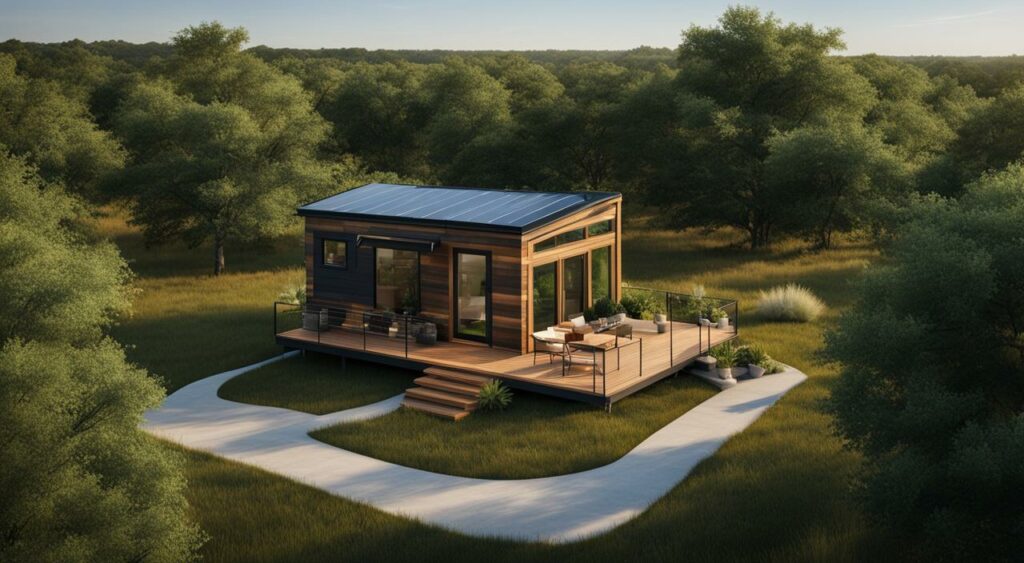
Building and living in a tiny house in Texas requires compliance with legal requirements, permits, paperwork, and inspections.
This section breaks down the processes involved in obtaining permits and navigating the legal requirements for tiny houses in Texas.
Texas Tiny House Ordinances and Laws
Texas has no specific laws related to tiny houses, but the state has enacted zoning regulations, permitting requirements, and building codes that impact the construction and placement of tiny homes.
“In Texas, a tiny house on wheels (THOW) is often treated as RVs or mobile homes, which means they are permitted in certain zones or parks. However, often there are restrictions, such as the requirement to connect to services or having a minimum square footage.”
Tiny House Building Permits in Texas
The process of obtaining a permit to build a tiny house in Texas varies depending on the location of the property.
Generally, the permit process begins with a review of the construction plans to ensure they adhere to the relevant building codes and zoning regulations.
The local government office, such as the city or county planning department, issues the permit.
| City | Contact | Information |
|---|---|---|
| Austin | Development Services Department | Requires permits for tiny houses on permanent foundations |
| Houston | Houston Permitting Center | Requires permits for tiny houses on permanent foundations and THOW |
| Dallas | Development Services | Requires permits for tiny houses on permanent foundations |
| San Antonio | Development Services Department | Requires permits for tiny houses on permanent foundations |
It’s important to note that some municipalities may have additional requirements for the permit process, such as inspection fees or environmental impact assessments.
Legal Requirements for Tiny Houses in Texas
Besides obtaining a building permit, there are several legal requirements for tiny houses in Texas.
These requirements include compliance with zoning and building codes, connection to utilities, and payment of property taxes.
Failure to comply with these requirements can result in fines, removal of the tiny house, or other legal consequences.
With an understanding of the legal processes and requirements involved in building and living in a tiny house in Texas, individuals can take steps towards fulfilling their dream of owning a tiny home.
Land Use Regulations for Tiny Houses in Texas

When it comes to placing tiny houses on vacant land in Texas, there are a few land use regulations to be aware of.
These rules can vary depending on the location and local jurisdiction, so it’s important to do your research before setting up your tiny home.
In general, when it comes to property ownership in Texas, there are no restrictions on who can purchase land. However, there are zoning and land use regulations that can affect the use of that land.
It’s also important to note that some municipalities may require a minimum square footage for new construction, which could impact the placement of a tiny house on a given piece of land.
| Land Use Regulation | Description |
|---|---|
| Zoning | Local zoning regulations can dictate where and how a tiny house can be placed on a given piece of land. |
| Land Ownership | Anyone can purchase land in Texas, but there may be restrictions on what can be built on that land based on local regulations. |
| Minimum Square Footage Requirements | Some municipalities require a minimum square footage for new construction, which could impact the placement of a tiny house on a given piece of land. |
It’s also worth noting that while there are no specific regulations that address tiny houses in Texas, some jurisdictions may apply regulations that apply to other types of structures, such as RVs or mobile homes.
Overall, when it comes to placing a tiny house on vacant land in Texas, it’s important to do your research and understand the local zoning and land use regulations that may impact your plans.
Parking Regulations for Tiny Houses in Texas
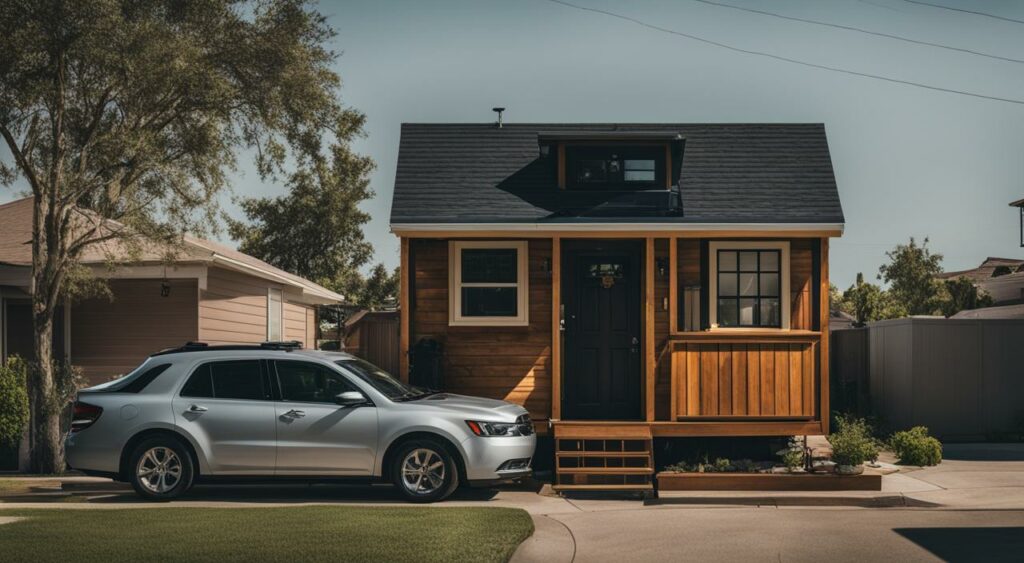
When it comes to parking a tiny house in Texas, there are several regulations that must be taken into account.
One of the most important considerations is whether the tiny house has wheels or not.
If a tiny house has wheels, it is considered to be a recreational vehicle (RV) and is subject to the same parking regulations as other RVs.
This means that the tiny house can be parked on private property, as long as it is not in violation of any local zoning ordinances.
However, if a tiny house is built on a foundation and does not have wheels, it is subject to the same regulations as a traditional home.
This means that it must be parked in a designated residential area and must comply with all local zoning and building codes.
In some cases, tiny house communities may have their own parking regulations that must be followed.
For example, some communities may require that all residents park their tiny houses in designated areas, or may have restrictions on where a tiny house can be parked.
It is important to review the parking regulations of any community before deciding to live there.
It is also worth noting that some areas in Texas may have restrictions or limitations on the length of time that a tiny house can be parked in one location.
In these cases, it may be necessary to obtain a permit or to move the tiny house periodically in order to comply with local regulations.
Wheels and Parking Regulations
The wheels on a tiny house can have a significant impact on parking regulations in Texas. As previously mentioned, if a tiny house has wheels it is considered to be an RV and is subject to the same regulations as other RVs.
This means that the tiny house can be parked in a variety of locations, including:
- Private property
- RV parks
- Campgrounds
- Other designated areas
However, if a tiny house does not have wheels, it is subject to the same regulations as traditional homes. This means that it must be parked in a designated residential area and must comply with all local zoning and building codes.
It is worth noting that some tiny house owners choose to remove the wheels from their tiny houses in order to comply with local building codes and regulations. However, this can be a costly and time-consuming process, and may not be necessary in all cases.
Tiny House Communities and ADUs in Texas
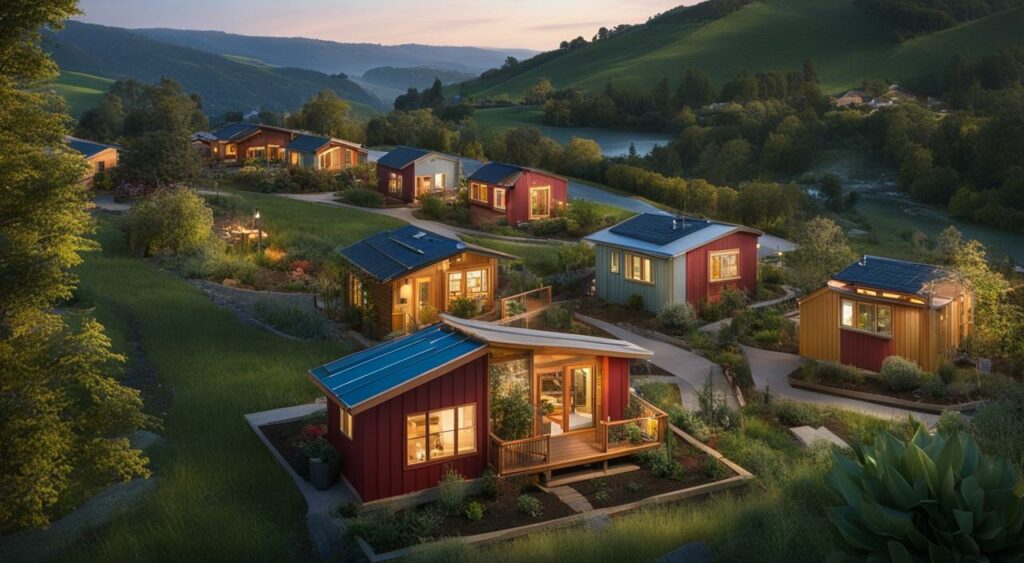
Texas has a growing community of tiny house enthusiasts who have come together to form tiny house communities.
These communities provide an opportunity for like-minded people to live in close proximity to one another, share resources, and collaborate on various projects.
Accessory Dwelling Units, or ADUs, are another option for those interested in tiny house living in Texas.
ADUs are secondary residential units located on the same property as a primary residence. They can be used as rental units, guest homes, or even as a permanent residence.
The tiny house movement in Texas has led to the creation of several tiny house communities and ADUs throughout the state.
These communities and ADUs offer a unique way of living that is cost-effective, environmentally sustainable, and promotes a sense of community.
Permitted Locations for Tiny Houses in Texas
The permitted locations for tiny houses in Texas vary depending on the municipality or county.
In some areas, tiny houses may be allowed in residential areas, while others may require them to be located in commercial or industrial zones.
Additionally, some tiny house communities and ADUs may be subject to specific zoning regulations and land use restrictions, such as minimum lot size and setbacks from property lines.
Tiny House Community Texas
There are several tiny house communities located throughout Texas. These communities range in size and amenities, but all offer a unique living experience for those interested in tiny house living.
One example is the Lake Dallas Tiny Home Village, located in the Dallas-Fort Worth area. This community features several tiny homes, each with its own unique design and layout.
It also offers a community garden, outdoor recreational spaces, and a community center for residents to gather and socialize.
Another example is the Austin Live|Work Community, located in Austin, Texas. This community is designed for those interested in combining their workspace with their living space.
It offers several live/work units, as well as communal spaces and amenities such as a fitness center and outdoor lounging areas.
ADUs in Texas
ADUs are becoming increasingly popular in Texas as a way of providing affordable housing and utilizing existing land. They can be attached or detached from the primary residence and typically range in size from 200 to 1,000 square feet.
In Texas, ADUs are subject to specific regulations and permit requirements that vary by municipality and county. Some areas may have strict requirements regarding the size, design, and placement of ADUs, while others may be more lenient.
Tiny House Movement Texas
The tiny house movement in Texas has gained momentum in recent years, with many people opting for minimalistic, affordable living options.
This movement has led to the creation of several tiny house communities and ADUs throughout the state.
Tiny house living in Texas offers a unique lifestyle that promotes sustainability, community, and affordability.
As the movement continues to grow, it is likely that more communities and ADUs will be created, offering even more opportunities for Texans to embrace the tiny house lifestyle.
Benefits and Challenges of Tiny House Living in Texas
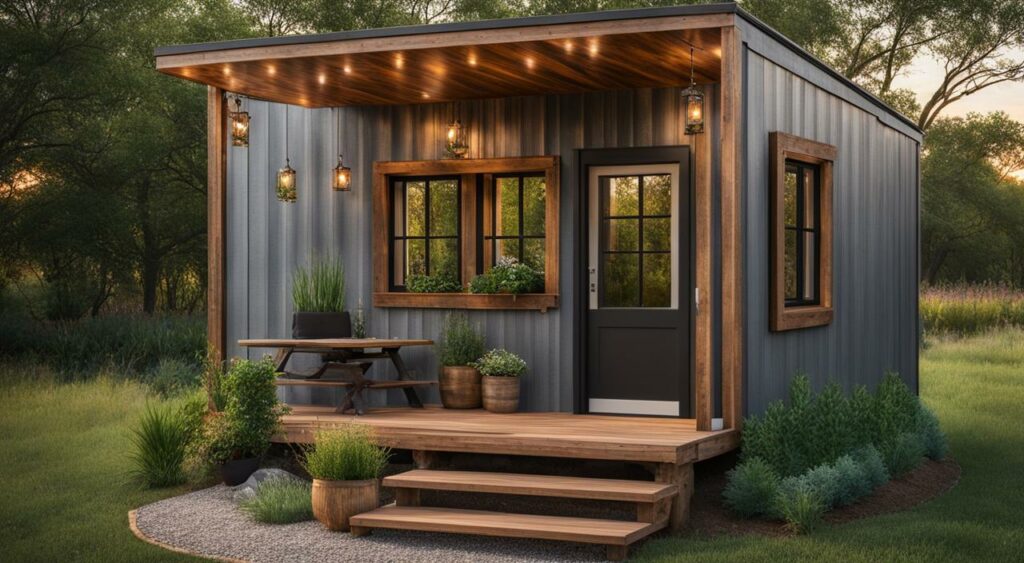
Living in a tiny house in Texas can offer several benefits, including affordability, mobility, and the opportunity to live a simpler, more sustainable lifestyle.
However, it’s important to keep in mind the regulations, zoning, and building codes that apply to tiny houses in Texas to avoid any legal issues.
One of the main advantages of tiny house living in Texas is affordability.
With the state’s lower cost of living, a tiny house can provide an affordable housing option for those looking to downsize or reduce their living expenses.
It’s important to note, however, that the cost of land, hookups for water and electricity, and other expenses may add up, making it essential to research all possible costs before constructing a tiny house.
Tiny houses also offer mobility, as some models come with wheels, making them easy to move from one location to another.
This can be particularly beneficial for those who enjoy traveling or want to experience different parts of the state without having to purchase a new home each time they move.
Living in a tiny house in Texas allows individuals to embrace a more sustainable lifestyle. With a smaller living space, energy usage can be kept to a minimum, reducing the carbon footprint.
Additionally, tiny homes also encourage minimalism, helping individuals to reduce their consumption and utilize only what they truly need.
However, tiny house living in Texas also presents several challenges, including finding a legal location to park and live in a tiny house.
As discussed in Section 3, zoning laws and regulations may limit where tiny houses can be located, and finding a suitable and legal location to park a tiny house can be difficult and time-consuming.
Additionally, living in a tiny house may require individuals to give up certain comforts, such as ample storage space, larger appliances, and multiple rooms.
It’s important to consider whether living in a tiny house is a feasible and comfortable option before deciding to pursue this lifestyle.
Overall, living in a tiny house Texas can offer many benefits, but individuals should carefully consider the regulations and challenges that come with this lifestyle.
By doing so, individuals can make an informed decision on whether tiny house living in Texas is the right choice for them.
The Future of Tiny Houses in Texas
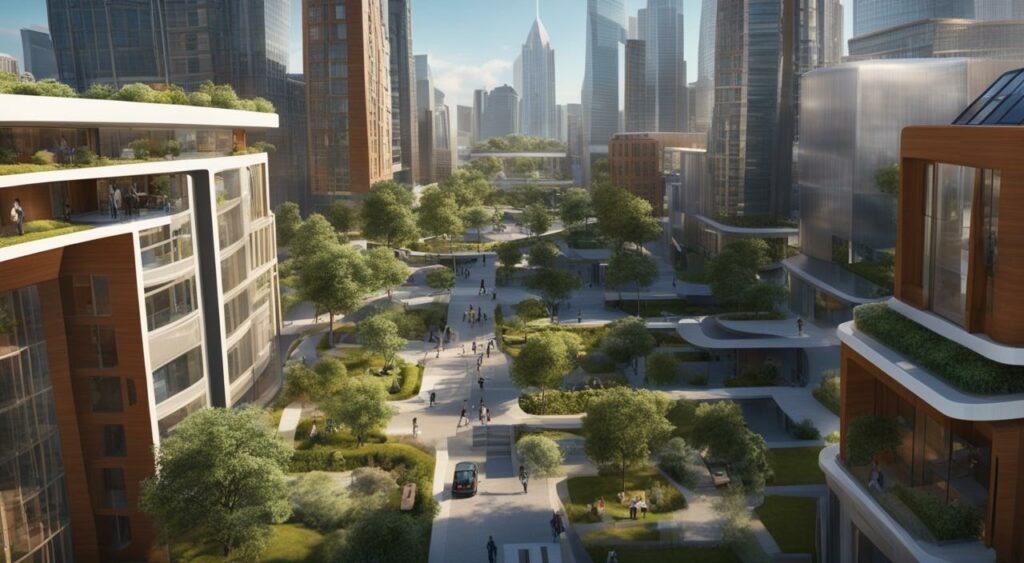
With the rise of the tiny house movement in recent years, it is natural to wonder about the future of this alternative housing option in Texas.
As of now, Texas legislation on tiny houses remains a patchwork of varying regulations and requirements, depending on location and jurisdiction.
While some cities and counties have embraced the tiny house trend, others have been less enthusiastic, often citing building codes, zoning ordinances, and safety concerns as reasons for restricting or prohibiting tiny house construction.
However, increasing interest and demand for tiny houses in Texas may lead to changes in the laws and regulations governing this type of housing.
Efforts are underway to promote tiny houses as a viable solution to affordable housing and environmental sustainability, and there is hope that legislative action will be taken to support this movement.
Texas Tiny House Regulations and Building Codes
Currently, Texas tiny house regulations and building codes are primarily established at the local level.
For example, the city of Spur has embraced tiny houses by developing a tiny house community and offering incentives for builders and residents.
Meanwhile, other cities, such as Austin, require that a tiny house be built in compliance with the city’s building code and zoning regulations, which may include minimum square footage and foundation requirements.
However, as tiny houses become more popular, some state legislators are starting to take notice.
In 2019, HB 2439 was introduced as a bill to regulate tiny houses in Texas, setting minimum size requirements, safety regulations, and inspection requirements for tiny homes.
While the bill ultimately did not pass, it represents a growing recognition of the need for clarity and consistency in tiny house regulations across the state.
The Benefits of Tiny House Living in Texas
Despite the challenges of navigating Texas tiny house regulations and building codes, the benefits of tiny house living in the state are numerous. For one, tiny houses offer an affordable housing option in a state where the cost of living is on the rise.
Additionally, tiny houses are a sustainable, efficient way of living that appeals to residents who value environmental consciousness and minimalism.
Moreover, Texas’ vast open spaces and natural beauty make it an ideal location for tiny house living off the grid.
Tiny house communities and homesteads have sprung up across the state, offering residents a chance to connect with nature and their neighbors and live a simpler, more intentional lifestyle.
Looking Ahead
As the tiny house movement gains momentum in Texas and beyond, it is likely that regulations and building codes will continue to evolve to accommodate this alternative housing option.
While there may be challenges and obstacles to overcome, the future of tiny houses in Texas looks bright, with increasing acceptance and support from communities and legislators alike.
Exploring Tiny Home Options in Texas

If you’re considering the tiny house lifestyle in Texas, you’ll be happy to know that there are plenty of options available. From custom-built homes to pre-fabricated models, there’s a tiny home out there that’s perfect for your needs.
One popular option in Texas is the Escape Traveler, a company that specializes in building luxury tiny homes on wheels.
These homes come in a variety of sizes, ranging from 160 to 344 square feet, and offer many high-end features such as quartz countertops, stainless steel appliances, and premium finishes.
| Company | Location | Price Range |
|---|---|---|
| Escape Traveler | Rice, TX | $59,800 to $109,800 |
| TexZen Tiny Homes | Wimberley, TX | $49,000 to $100,000+ |
| Tiny House Cottages | Fort Worth, TX | $29,900 to $124,900 |
TexZen Tiny Homes, located in Wimberley, Texas, is another popular builder of tiny homes. They offer several models, ranging in size from 200 to 399 square feet, and can also create custom designs.
Their homes come with features such as energy-efficient appliances, custom cabinetry, and spacious lofts.
If you’re looking for a more affordable option, Tiny House Cottages in Fort Worth, Texas, might be what you’re looking for.
They offer a variety of tiny homes on wheels, ranging in size from 12 to 32 feet, and with prices starting at just under $30,000.
No matter what your budget or style preferences are, there’s a tiny home out there that’s perfect for you in Texas. Take the time to explore your options and find the home that’s right for you.

Conclusion
Building and living in a tiny house in Texas requires an understanding of the regulations, zoning, and building codes that apply to these unique dwellings.
With careful planning and attention to detail, it is entirely possible to create a legal and compliant tiny home in the Lone Star State.
As discussed in this comprehensive guide, each municipality and county in Texas may have its own set of rules and restrictions that apply to tiny houses.
Therefore, it is crucial to research and understand the specific laws and regulations that will impact your tiny house project.
Summary of Key Points
Throughout this guide, we have explored the following key points:
- Understanding the specific regulations governing tiny houses in Texas
- Zoning laws and regulations that affect the placement and usage of tiny houses in Texas
- Building codes and requirements that govern the construction and safety standards of tiny houses in Texas
- Permitting and legal requirements for building and living in a tiny house in Texas
- Land use regulations and parking regulations that impact the placement of tiny houses in Texas
- The benefits and challenges of living in a tiny house in Texas
- The future outlook for the tiny house movement in Texas
- The different tiny home options available in Texas
By taking the time to understand the legal and regulatory landscape for tiny houses in Texas, you can create a unique and sustainable living space that meets your needs and aligns with your values.

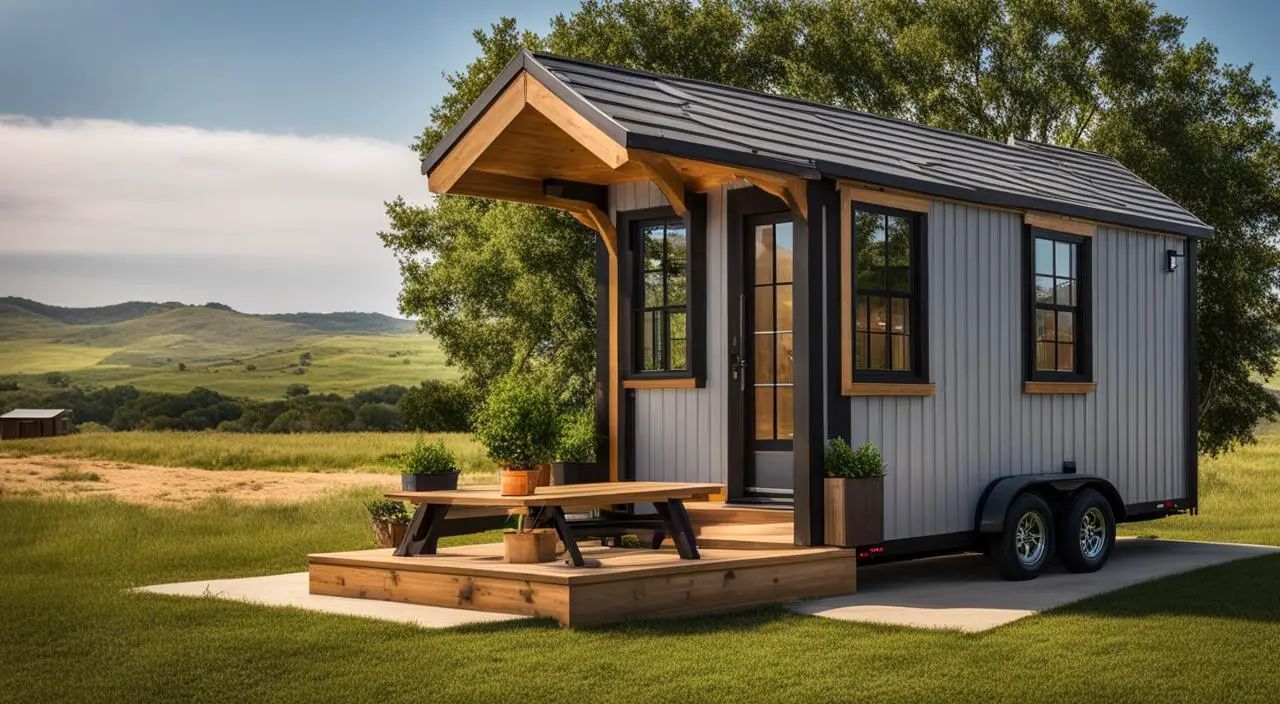
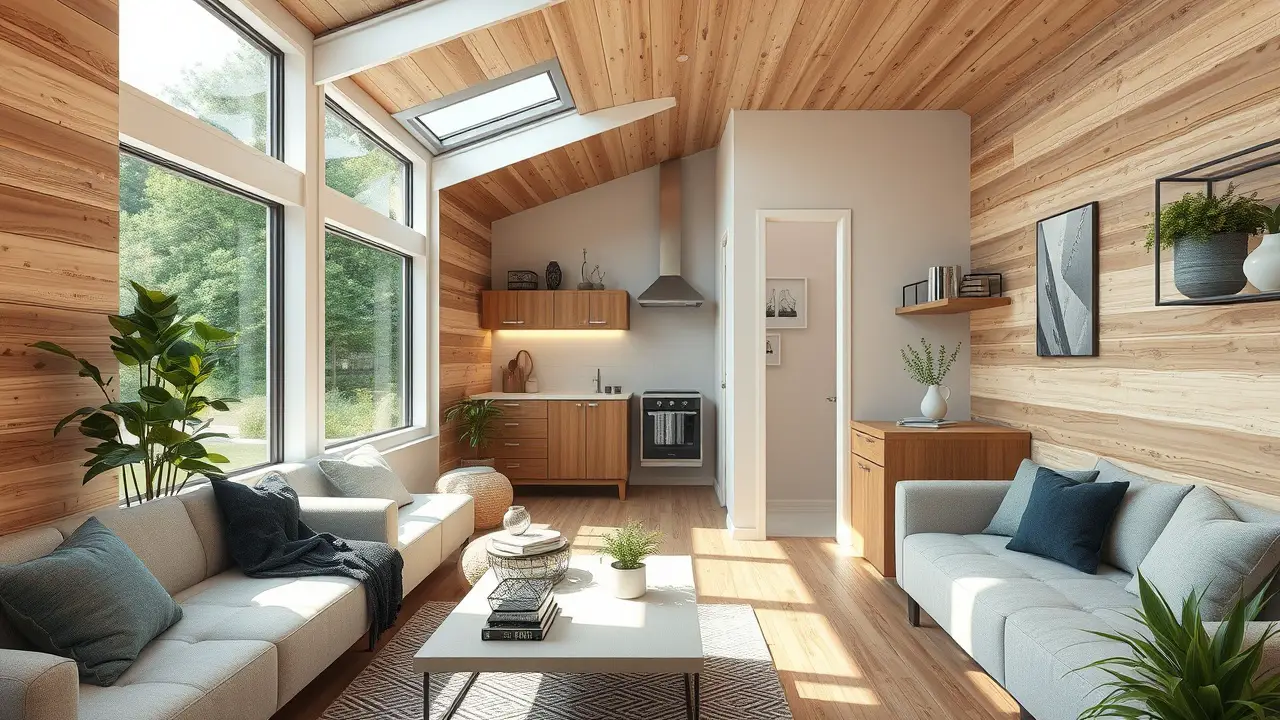
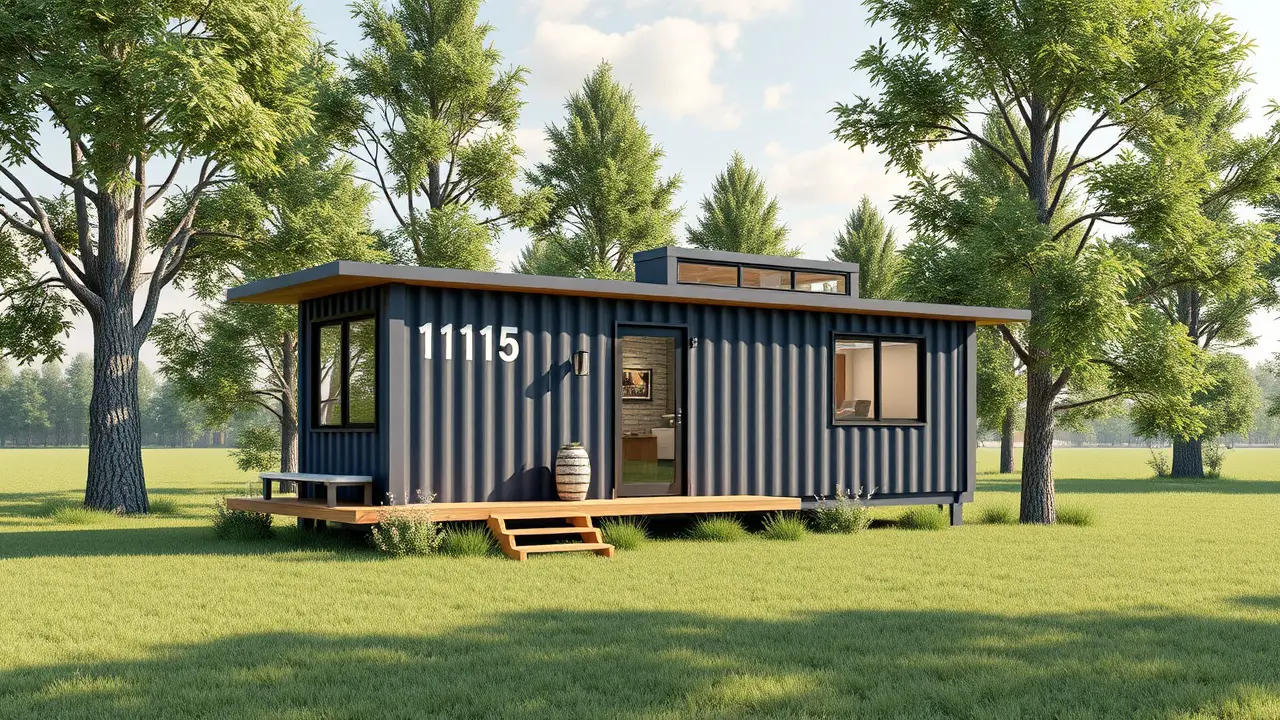
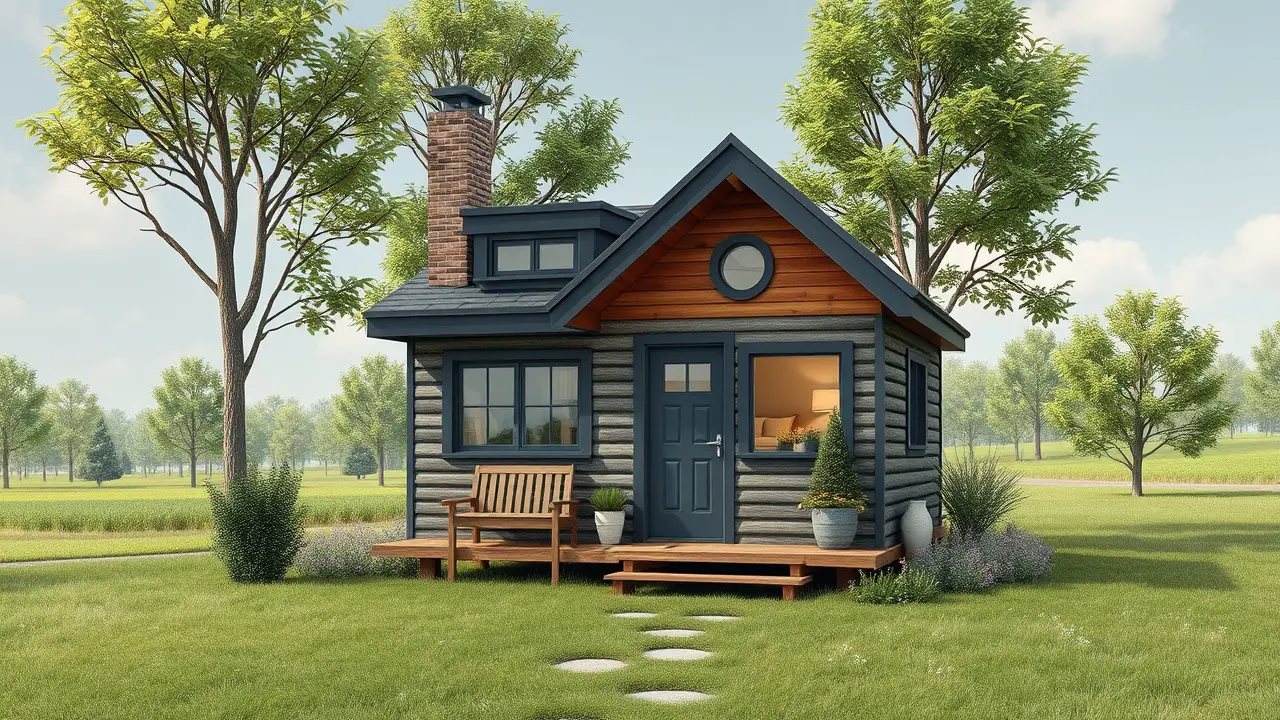
Leave a Reply